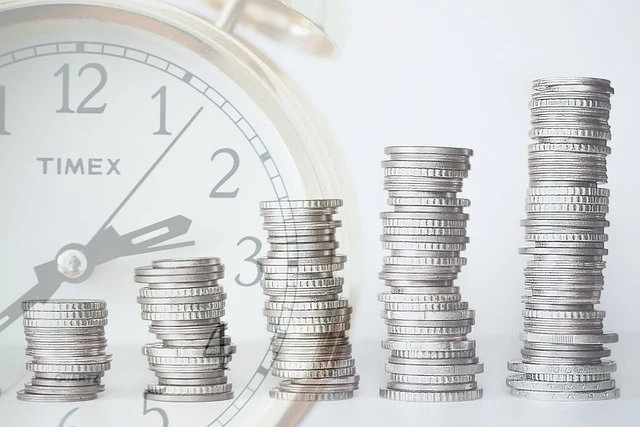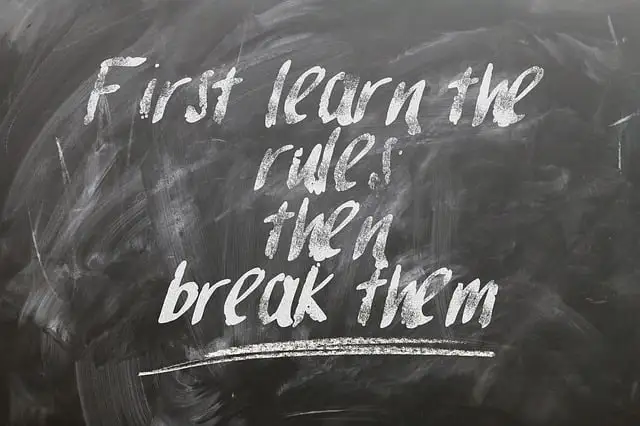If you want to manage your money like the top 1%, this is the system you need to know: the 75/10/15 rule. It’s simple, powerful, and works no matter how much you earn—whether it's $10,000 or $1 million a year. It’s not about how much you make; it’s about how you manage what you make.
75% — Spend (But With Intention)
For every dollar you earn, you should spend no more than 75 cents. That’s your limit for housing, food, entertainment—basically everything you use to live your life.
This 75% cap does two things:
- It forces smarter spending. You start making better decisions. Premium gas or regular? Organic guacamole or basic avocados? Whole Foods or Aldi? The wealthy aren’t wealthy because they blow money—they’re deliberate. I learned this firsthand after building my own business and meeting other entrepreneurs. What shocked me most? Millionaires asking for happy hour menus and splitting the bill down to the cent. These people could buy the entire restaurant, yet they were calculating their wine costs.
- It forces focus on value. Forget the advice that tells you to skip coffee to save money. If a $5 coffee energizes you, improves your day, and boosts your mood—then that’s value. Get it. But what you shouldn’t do is splurge on things that bring only temporary joy: a new car, a giant TV, or a high-end gadget you’ll stop caring about in two months. Once the honeymoon period ends, you’re left with the bill—and none of the happiness.
And if you manage to spend only 60% instead of 75%, hold onto that extra 15%. I’ll tell you what to do with it in a bit.
10% — Save (For the Unexpected)
Next, take 10% of every dollar you earn and put it into a cushion fund—your personal emergency reserve.
Here’s why: A 2022 study showed that 56% of Americans can’t afford a $1,000 emergency. That’s a problem. Your cushion fund is your safety net—for when real-life chaos hits. Not for vacations, UberEats cravings, or impulse buys. I’m talking about emergencies: your house floods, your car breaks down in the middle of nowhere, or you lose your job overnight.
I learned this lesson the hard way. Years ago, I totaled the front of my car in a different state. The repair bill? $11,500. I panicked. Loan interest would've made it worse. But then I remembered my cushion fund. I had it covered.
How much should you save?
Simple. Add up your monthly expenses (rent, food, bills, etc.) and multiply that by five. If you spend $2,000/month, your cushion fund goal is $10,000.
I built a simple goal tracker to help keep me motivated—and I'm giving it away for free (link below).
Where should you keep your cushion fund?
Not in a regular savings account. Traditional banks like Chase offer 0.5% interest. That means $10,000 only earns you $50 in a year. Instead, put your money in a high-yield savings account (HYSA). These can offer 4% APY or more—earning you $400 a year instead. Big difference.
And once you’ve saved your full cushion fund, stop saving. That 10%? You're going to use it for something even more powerful.
15% — Invest (Build Real Wealth)
The final piece: Invest 15% of every dollar you earn. This is how you build wealth. Real wealth.
Most of us were taught how to earn money—get a job, climb the ladder. But the wealthy? They don’t rely on jobs. They own assets. That’s the game-changer. You can have a six-figure salary and still be broke. Or, you can own assets and build wealth even with a modest income.
I didn’t learn this in school. I learned it from books like Rich Dad Poor Dad, The Psychology of Money, and The Intelligent Investor—books that changed how I think about money forever.
There are two investment accounts you should start with. Both have major tax benefits:
Roth IRA
A Roth IRA is a retirement account where your money grows tax-free. You invest after-tax dollars, and when you retire, you withdraw all your earnings without paying a dime in taxes.
In 2024, you can contribute up to $7,000 per year (or $8,000 if you’re over 50).
To open one:
- You need earned income.
- Go to a brokerage (Fidelity, Vanguard, Schwab).
- Transfer money into your Roth IRA.
- Important: Actually buy investments in the account. A lot of people forget this step.
Peter Thiel turned his Roth IRA into $5 billion—and won’t pay taxes on any of it.
401(k)
If your employer offers a 401(k), take it. Your contributions are made pre-tax, meaning you save money now and pay taxes later (usually at a lower rate when you retire).
In 2024, you can contribute up to $23,000. Even better? Many companies offer employer matching.
Let’s say you make $65,000/year and your employer offers to match your first 3% fully and the next 2% at 50%. You contribute $3,250, and your employer throws in an extra $2,600. That’s free money. You now have $5,850 growing for your future.
What to Invest In?
Most people should stick to index funds or ETFs. They’re diversified, low-cost, and simple. For example, if you buy an S&P 500 index fund, you’re instantly invested in the 500 top companies in the U.S. That means lower risk and steady long-term growth.
Historically, index funds return about 8% per year. Over decades, this compounds into serious money.
Let’s say you invest just $100/month for 50 years. You’ll contribute $60,000 total—but with an average 10% return, that becomes $1.4 million.
I personally use passive index funds like FXAIX or VOO. Pick one that works for your situation and automate it.
Final Thought
Even if you're doing your best, you might feel like you're not making enough progress. And that’s usually because you're still spending money on things you shouldn’t.
Good Reads

The easiest method to generate a passive crypto income with crypto and make money at home

Top 5 passive income streams that can make your money work for you

If you've ever felt like personal finance is overwhelming, you're not alone

Did you know that 50% of Americans believe they're in the middle class? But here’s the kicker: most of them are wrong.

If you’ve got $10,000 and you’re ready to invest, let’s talk

I went from growing up broke to having seven figures in my 20s

These are seven of the best investments and purchases you can make in your 20s to quickly build wealth.

These 13 books underrated ones completely changed how I saw the world and I'm pretty positive they're going to do the same for you

Learn the six habits that are stoping you from becoming rich and how to change them

There are 9 million open jobs in the U.S
